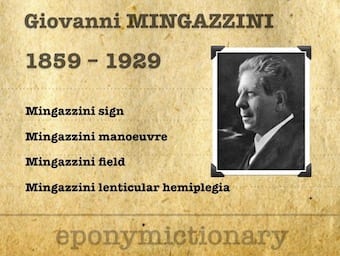
Giovanni Mingazzini
Giovanni Mingazzini (1859-1929) Founder of the Roman School of Neurology; described lenticular hemiparesis, Mingazzini test, and Mingazzini field; pioneer in aphasia and cerebellar anatomy.

Giovanni Mingazzini (1859-1929) Founder of the Roman School of Neurology; described lenticular hemiparesis, Mingazzini test, and Mingazzini field; pioneer in aphasia and cerebellar anatomy.

James Sherren (1872-1945) British General surgeon. Eponym: Sherren's triangle - area of hyperaesthesia associated with appendicitis
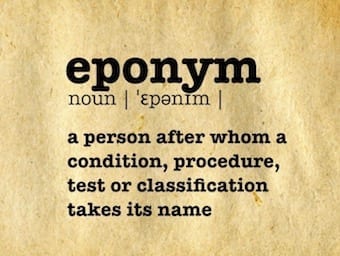
Alexander Burns Wallace (1906–1974) was a Scottish plastic surgeon. Published the Wallace Rules of nine for burn size estimation in 1951
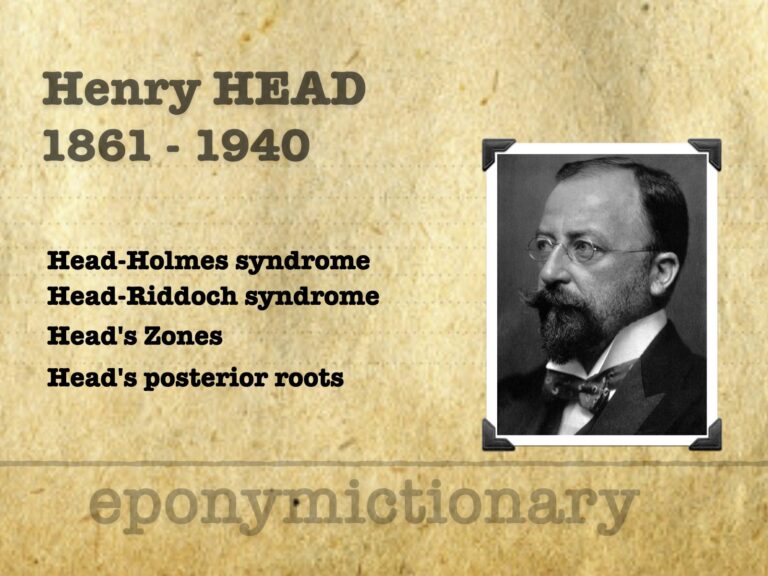
Sir Henry Head (1861-1940) was an English neurologist. Peripheral sensory dermatomes in man Head's zones (1893-1896)

Margaret Dix (1902–1991), British neuro-otologist who co-developed the Dix–Hallpike test, reshaped diagnosis of vertigo and advanced vestibular science

Harold Leeming Sheehan (1900-1988) was an English physician and pathologist. Eponymously remembered for his description of Sheehan Syndrome in 1937

Swiss ophthalmologist Johann Friedrich Horner (1831–1886), eponym of Horner's syndrome, advanced ophthalmic surgery and neuroanatomical diagnostics

Adolphe Pinard (1844–1934) was a French obstetrician. Inventor of the Pinard horn (fetoscope) and Pinard Obstetric Palpation

Alfred Jean Fournier (1832-1914) was a French Dermatovereologist specialising in congenital syphillis, stressing the importance of syphilis as a cause of degenerative diseases and parasyphilitic conditions.
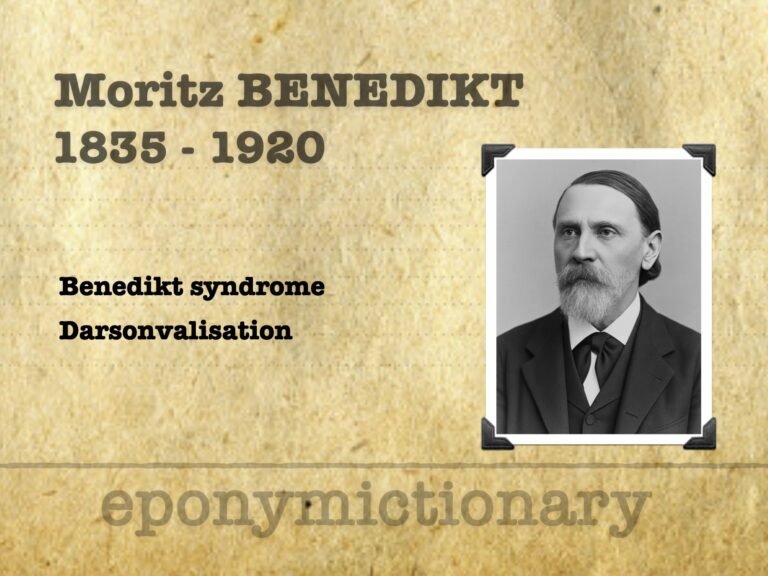
Moritz Benedikt (1835-1920) was an Austro-Hungarian neurologist. Benedikt syndrome (1889); the criminal mind; dowsing and Darsonvalisation
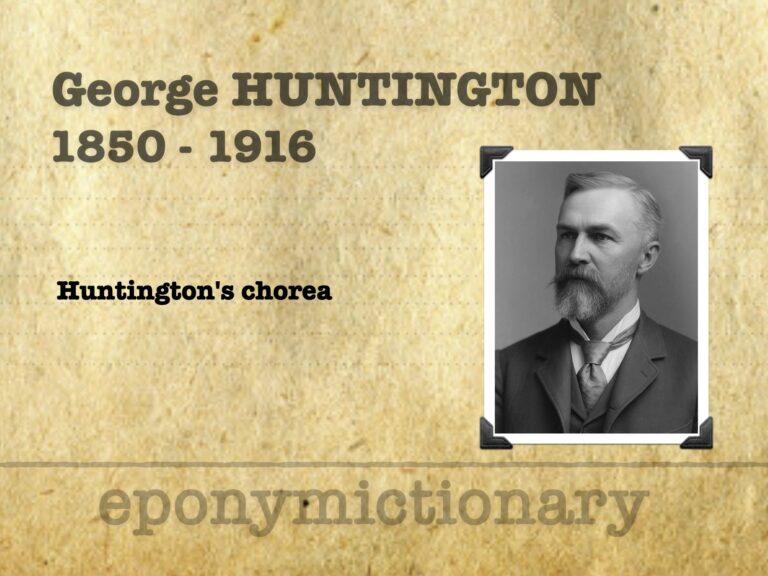
George Huntington (1850-1916) was an was an American physician. Described Huntington's disease (1872) at age 22 based on his family
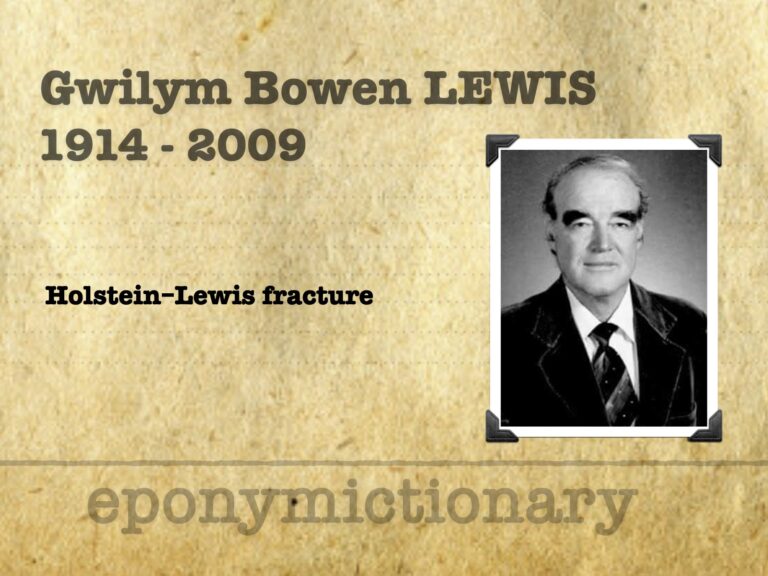
Gwilym B. Lewis (1914-2009) American Orthopedic Surgeon. With Arthur Holstein - eponymously affiliated with the Holstein–Lewis fracture (1963)